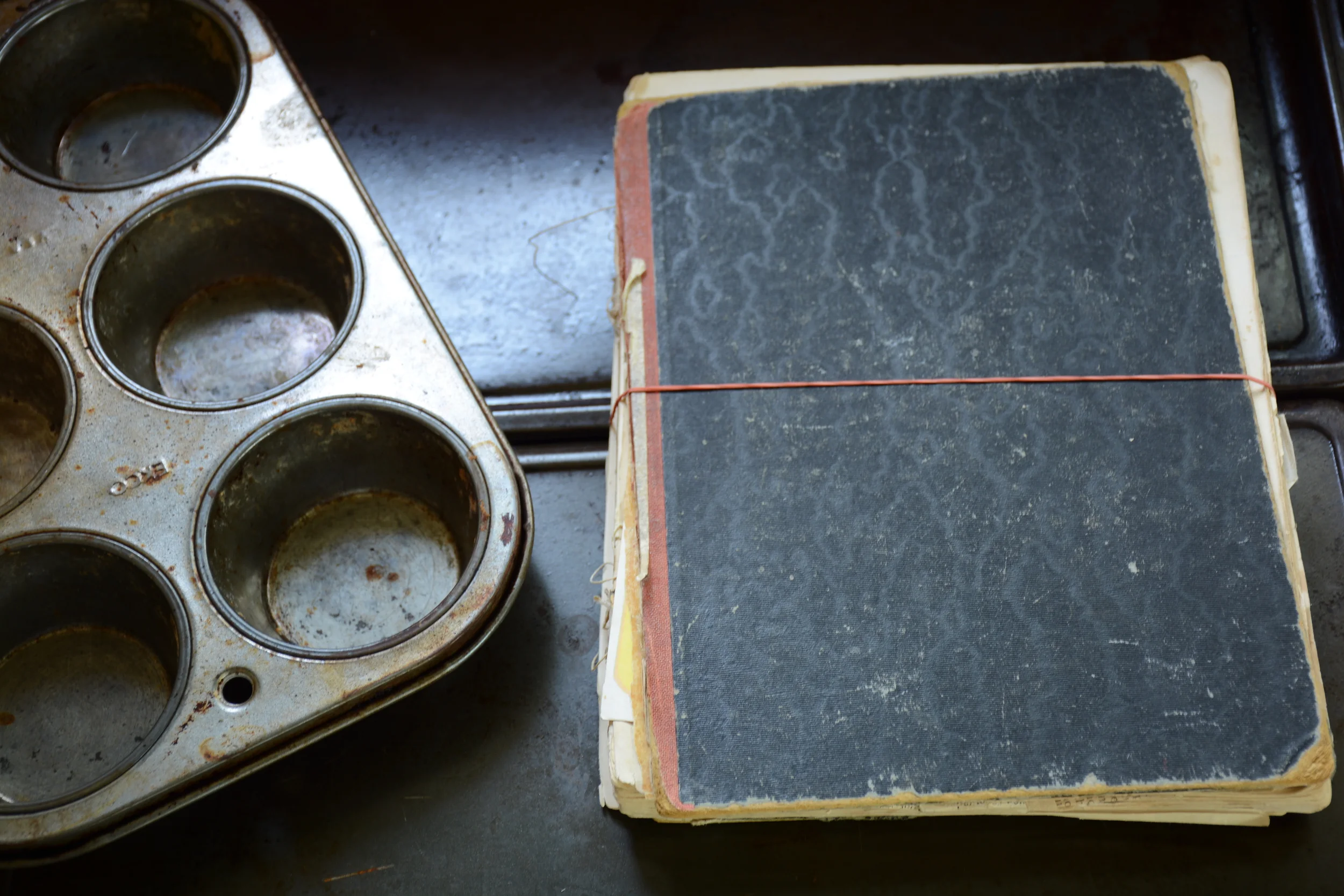Pressure Canning Grapefruit Curd
/Whether we want to admit it or not, we are approaching the upcoming holiday season at warp speed. Today is December 1st which means in a blink of an eye Christmas trees will be going up in houses all around you, mall parking lots will be full at the crack of dawn til the end of the day and carols will play on the radio 24/7.
Love it or hate it, Christmas is coming!
And with the approaching holiday season, comes the fact that friends and family will be popping over for visits, bites to eat and festive drinks.
While I love to cook, I also love having some of the food prepared ahead of time. And what better way to be prepared than to have pre-made dessert just sitting in your pantry awaiting the arrival of planned or surprise guests.
Pressure Canned Grapefruit Curd
Ingredients
1 2/3 cups superfine sugar*
1/3 cup fresh grapefruit zest (generally takes 4-5 grapefruit. You want zest and not pith)
4 large eggs
8 large egg yolks
1 cup grapefruit juice (freshly squeezed and strained)
2/3 cup of chilled unsalted butter cubed
In a small bowl, combine the superfine sugar and zest (if you do not have superfine sugar, run granulated sugar through a mixer to reduce the size of the granules), stirring until well blended. Let stand for 30-45 minutes to allow the sugar to pick up the citrus flavor of the zest.
Fill the a medium saucepan about ¼ full of water. Over med-high heat bring the water to a gentle boil.
Meanwhile, in a medium metal bowl, gently beat the whole eggs and egg yolks. Gradually whisking in the sugar and the zest until well blended. Stir in the grapefruit juice and then add the butter.
Place a medium sized glass or metal bowl in the fridge to cool.
Place bowl over the pan of boiling water. Make sure the top pan sits well above the water so the curd will be cooked by the steam only, not the boiling water. Reduce the heat to keep the water from boiling too vigorously.
Slowly heat the mixture, stirring constantly with a flexible spoon or spatula. Stir gently or the curd will be filled with tiny air bubbles. Scrape the bottom of the pan frequently to prevent scorching or curdling. Cook the mixture until it reaches a temperature between 168F and 170F (76C and 77C) about 5-7 minutes.
Remove the top pan or bowl from the double boiler and place it on a dish towel. Continue to stir the mixture until the curd thickens and coats the back of a metal spoon, about 5 minutes.
Remove the chilled bowl from the fridge. Place a fine meshed sieve over the bowl. Slowly pour the curd through the sieve and into the chilled bowl to strain the zest and any small lumps from the curd. Gently stir the curd to remove any trapped air bubbles. Don't be surprised if this part takes you between 5-10 minutes. If you want a nice, smooth and creamy curd it is well worth the time it takes.
Ladle the curd into hot jars, leaving 1/4” head space. Using a plastic knife, remove any trapped air bubbles. Wipe the jar rims and threads with a clean, damp cloth. Cover with hot lids and apply screw rings.
Process 125 and 250ml jars for 10 minutes at 10 pounds of pressure in a weighted gauge pressure canner or 10 minutes at 11 pounds pressure in a dial gauge pressure canner. Yields 6-7 125ml jars.















